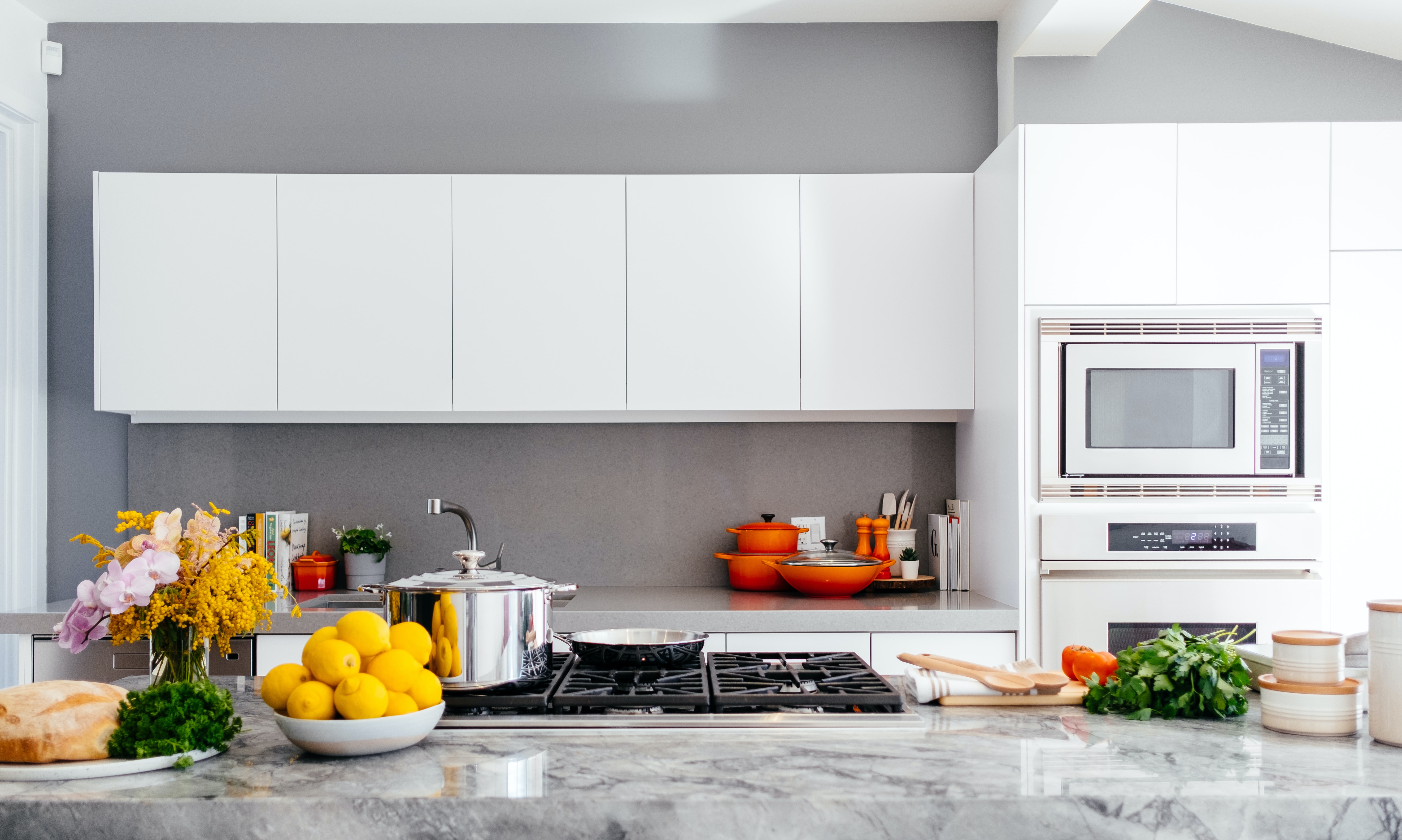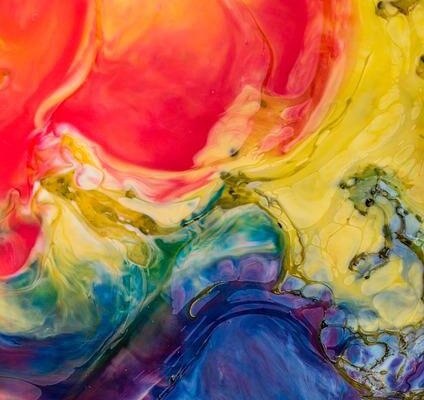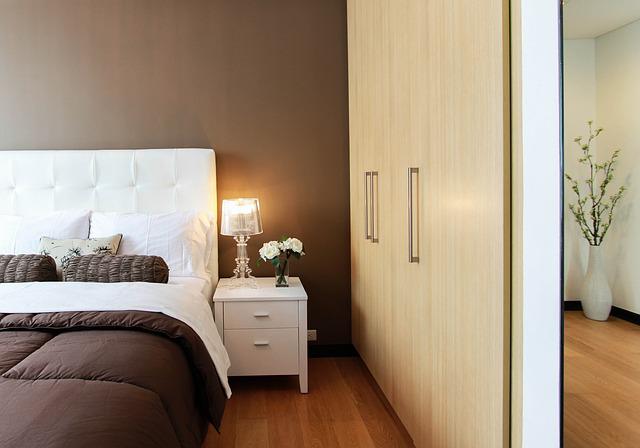According to current studies, when our eyes interact with a hue, our brains produce several chemicals that affect us physically and emotionally.
In a red environment, our heart rate increases, and hormones linked with anger and high energy are stimulated. In contrast, the hue yellow promotes serotonin (the feel-good chemical) in our brains.
Some shades can make you feel happy and up lifting. For many years, color therapy has been used in traditional medical professions, but marketers and companies also employ color to influence human moods.
It’s no surprise that many fast food places use red freely or that Volkswagen employs yellow to convey a positive image. Greens and blues are common in yoga classrooms, while some institutions hold belligerent convicts in pink rooms for relaxing and energy-draining effects.
As we learn about the properties of each hue, we may apply what we’ve learned to create atmospheres in different spaces of our homes. Here are some suggestions.
Color Characteristics
Red
The color red is connected with a lot of energy and power. A little goes a long way because it is the hue that our eyes are drawn to initially. Red represents bravery, ambition, and strength. It increases attention and quickness while also connecting us to our physical selves.
Red may boost our confidence, get us moving when we need to be active or task-oriented, and stimulate appetite.
When there is too much red, or if a person is sensitive to reds, they may feel irritated, angry, or hostile. Red is an excellent color to accent rather than the dominant color in décor.
Orange
Orange is a cheerful, welcoming, and warm hue. It elicits sensations of sociability, pleasurable connection, and enjoyment. It has a strong emotional presence and encourages extroverted conduct, making it an excellent shade for meeting rooms that promote contact and connection development.
Orange, like red, maybe overdone since it includes red. Overload, anger, or dissatisfaction can result from too much orange (or an orange that is too bright or vivid).
Yellow
Yellow represents optimism, brightness, a cheerful mood, and mental clarity. It encourages innovative, clear, positive thinking and decision-making. Yellow can assist in alleviating depression and promoting laughing.

Overexposure to yellow, particularly vivid and deep yellows, has been found in studies to increase irritability, crying, hyperactivity, and shorter tempers in newborns and children (as well as adults).
Green
Green encourages rejuvenation, balance, refreshment, and tranquility, which has a relaxing effect and lowers stress. Indoor houseplants and herb gardens are great ways to add green to your home.
While there aren’t many drawbacks to having too much green, it can induce sleepiness and a lack of ambition if used excessively.
Blue
Blue is a prominent hue that encourages rest and peace (most people claim their favorite color is blue). Blue can help to prevent insomnia and promote deep sleep. It can help youngsters with hyperactivity by encouraging inventiveness and intuitive thinking.
While blue is frequently accepted in more significant quantities than other colors, it is a chilly hue, and too much blue can lead to emotions of indifference, pessimism, or detachment from others. Balancing blues with a warmer, more connected shade for meeting rooms in the house is a good idea.
Violet

Violet is a popular hue among adolescent females since it stimulates our brain’s problem-solving centers and increases creativity, intuition, and creative aptitude. Violet conveys wealth and refinement in design.
Violet’s overuse might lead to feelings of insecurity or emotional repression.
Your Own Color Palette
Before introducing color into your house, conduct a personal assessment of how color affects you. A hue may affect individuals, yet it may elicit wholly distinct moods, sentiments, or emotions in you.
Jog down any words that come to mind after writing down each hue on a sheet of paper (you might use a pack of crayons or colored pencils to shade in an area of color on the page). Don’t think about it. Just let it out, stream of consciousness.
After you’ve written down your initial reactions to each hue, go through them to determine whether you’re drawn to some colors — or maybe resistive to others. Use this as a starting point as you consider incorporating more color into your life.
How do the members of your family react to color? Allow your husband and older children to participate in this activity; it may serve as a reminder of how distinct (and similar) they are and how to be attentive to everyone in your home.
Put It To Use
There are several methods to actively incorporate color into your surroundings, ranging from totally revamping a room’s decor to adding subtle yet effective accent colors to a place. Conduct your own “case studies” and experiment with color in your house. Here are a few instances.
Eating Areas
Room Name: Dining Room

Who occupies the space: The entire family, throughout the day.
Desired effect: I’d like this place to foster discussion, be comfortable and relaxing (but not too tranquil), and increase appetite and family bonding.
The following are the current elements in the room: The dining room in our house is painted a soft butter yellow, with white wainscoting on the lower half and walls. Large windows look out over our backyard, which is densely forested. On the most prominent wall, several informal family photographs are hung.
Ideas: I like yellow for its warmth and cheerfulness. I might want to use green or brown window curtains to bring out the colors in the backyard view (invigorating and grounding colors). Deep orange accents would give warmth, promote discussion, and boost appetites. Color may be found in wall design, chair upholstery, candles on decorative shelves, fresh flowers, tablecloths, napkins, vases with colorful water, and a centerpiece.
Office/Work/Study Area Room
Who occupies the space: My spouse and I generally share this room because my children are still too little to use a proper study place.
The desired outcome: I frequently need to be stimulated (lest I doze off for a nap). It would be fantastic to have a workplace that stimulated me, pulled forth innovative ideas, and kept my mind attentive.
Current room elements: This room is minimalist, with wooden flooring and no area rug, and light blue/green paint.
Ideas: Greens are great for adding flavor and keeping my mind focused and calm. I’d like to see layers of greens as the main color scheme, with violet accents thrown in for good measure. Too much purple may be overwhelming, but little spurts of rich, saturated violet hue elicit creative thought and balance an overly-analytical mind. A vase with dried lavender stems, a fabric runner for my desk, an area rug, or wrapping books on the shelf in violet paper are all possibilities.
Finally, and most importantly, let us discuss the bedroom
This is the most significant room in the house to me. This is where I recharge my batteries, relax, and prepare for the next day.
According to a reliable source, turning on specific colors of light, such as dark blue, will help you go asleep.
Other colors in your bedroom, such as those on your walls, may also have an impact on your sleep. Because colors can influence your mood, being surrounded by the wrong color for relaxation could negatively impact your sleep quality.
Colors that may aid sleep
While you may paint your walls for aesthetic reasons, the colors you choose may have psychological consequences, including a reduction in your ability to sleep. Certain colors can soothe you, while others might excite your intellect and make you more alert.
Overall, muted hues are preferable for your bedroom walls, with blue, green, and yellow perhaps providing the most benefits.
Blue
Blue is possibly the finest hue for a bedroom. Blue tones are not only more muted, but they also have more soothing benefits on the brain. All colors of blue can create a relaxing ambiance, but for the maximum effect, use lighter shades on your bedroom walls.
Green
Green might make you feel at ease because it is suggestive of nature. Green is also a popular color for many people since it is calming and refreshing.
Yellow
While yellow isn’t always conducive to sleep, it can be beneficial to wake up in a yellow bedroom due to the color’s positive connotations. As with blue and green, choose softer hues that are less likely to disrupt your sleep.
Others
Certain earth tones, as long as they are not too dark, may also be suitable for your bedroom walls. Beige and soft white are also choices. Silver is another option that may help to create a more serene environment conducive to greater sleep.
Avoid using glossy paint.
The finish of the paint, regardless of hue, may be as crucial in terms of sleep quality. A glossy texture can reflect light and stimulate your brain, so go for a flat or matte finish instead.
This is from my own personal experience
Blue was not my favorite color for my bedroom.
The mocha tone worked well for me. It was also semi-glossy.
Color swatches can be purchased. They come in a pint-size, so test it out before painting a complete wall or room. For some, orange or even hot pink may be appropriate. What matters is that you are satisfied with whichever color you choose.
To Conclude
Now that you know what shades affect our moods let’s get some paint and find out which shade suit you the best!



